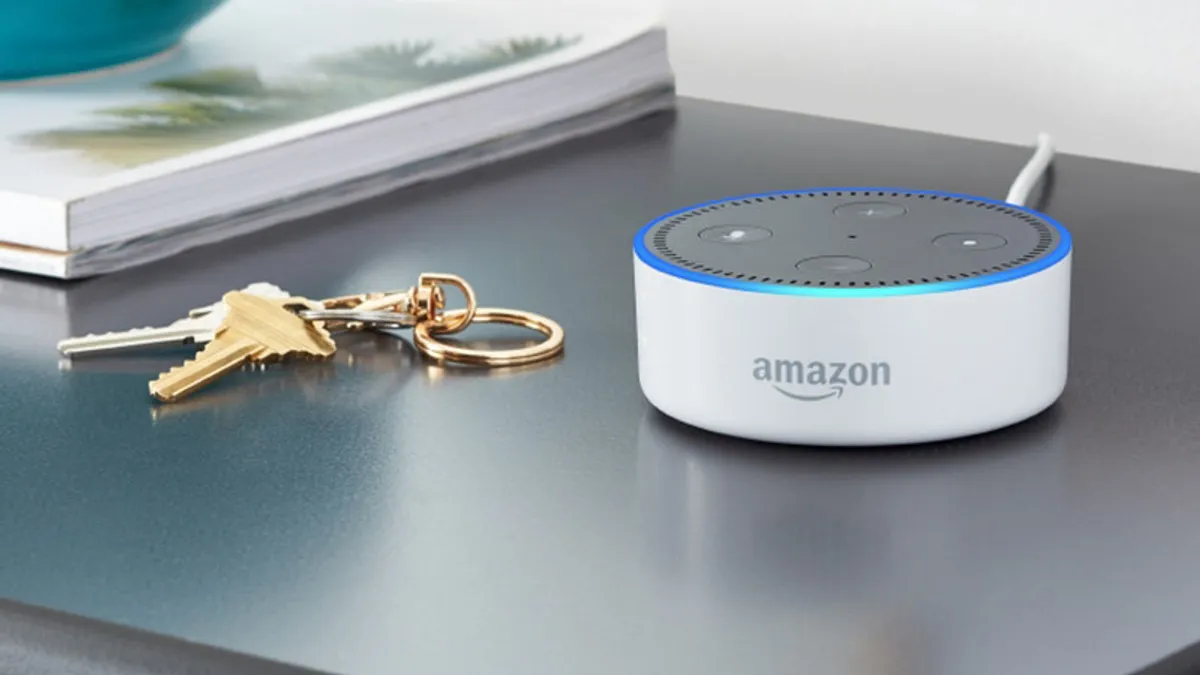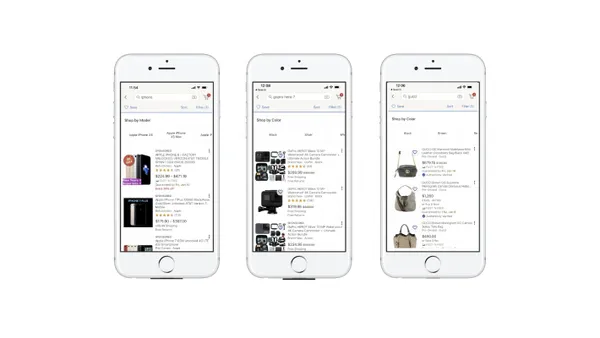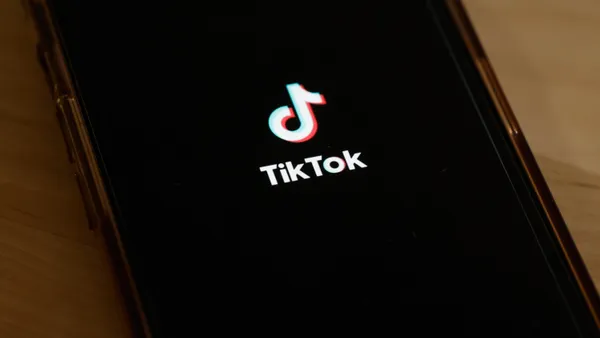Dive Brief:
-
Ownership of smart speakers enabled with voice-activated virtual assistants almost doubled over the last year, from 14% in 2017 to 27% in 2018, among more than 2,800 consumers surveyed by Visa and PYMNTS.com, according to the pair’s latest "How We Will Pay" report.
-
The survey also found that more than 96% of consumers own at least one connected device of some kind, with the average consumer owning four or more. Demographically, more members of the Bridge Millennial (30-40 years old) and early Gen X’er (40-50 years old) groups belong to a "Super Connected" segment that owns six or more devices than do members of young generations.
-
Among other topics, the study found that about 79% of all consumers are concerned about connected device security, a figure up from 71% last year, while 78% of those surveyed specifically voiced concerns about "how captured data is used by the apps and hardware that enable their connected payments experiences."
Dive Insight:
The growth in ownership of voice assistant-enabled smart speakers cited by this study falls in line with a recent Adobe study that projected around 32% of consumers now own these devices. Other studies have suggested lower market adoption numbers, but the one thing that everyone is agreeing on is that ownership of these devices is growing very fast.
Meanwhile, there has been much less consensus on the question of whether or not consumers are using smart speaker-based assistants like Amazon’s Alexa with retail purposes in mind. In August, The Information ran a story suggesting not many people were using these devices to shop, but the survey results from Visa and PYMNTS.com suggest almost 30% of consumers who own these devices had used them for shopping just in the week prior to taking the survey. Companies that are heavily invested in voice-activated devices, like Amazon and Google, certainly want this utilization, and the report at least gives hope that shopping applications could be set for a gradual rise in usage.
Another surprising finding lies in the demographic segments reported to be the most prolific owners of connected devices. Not only do people between 30 and 50 years old own more connected devices than those in their 20s, but that "Super Connected" group also was found to be 57% female, 43% male. Maybe it makes sense that consumers in older age segments have more connected devices, as it may correlate with having higher income and/or more users within a single family and more living space in which to use the devices.
The "How We Will Pay" report also found that 36% of all consumers surveyed belong to the "Super Connected" group with six or more connected devices, up from 23.4% in last year’s report. Also, 35% of those surveyed this year qualified for a "Connected Home" group that has at least three connected devices — smartphone, computer and smart speaker — but fewer than six, a finding that grew from about 24% in last year’s report.
Yet, as consumers become more connected, they become more concerned about potential security and customer service implications. In addition to the security concerns, 55% of surveyed consumers said they were troubled by a potential decline in customer service related to more use of connected devices. Those are concerns that all companies in the shopping and payments ecosystems will need to pay closer attention to even as connected devices, especially voice-activated devices, open more revenue channels.













